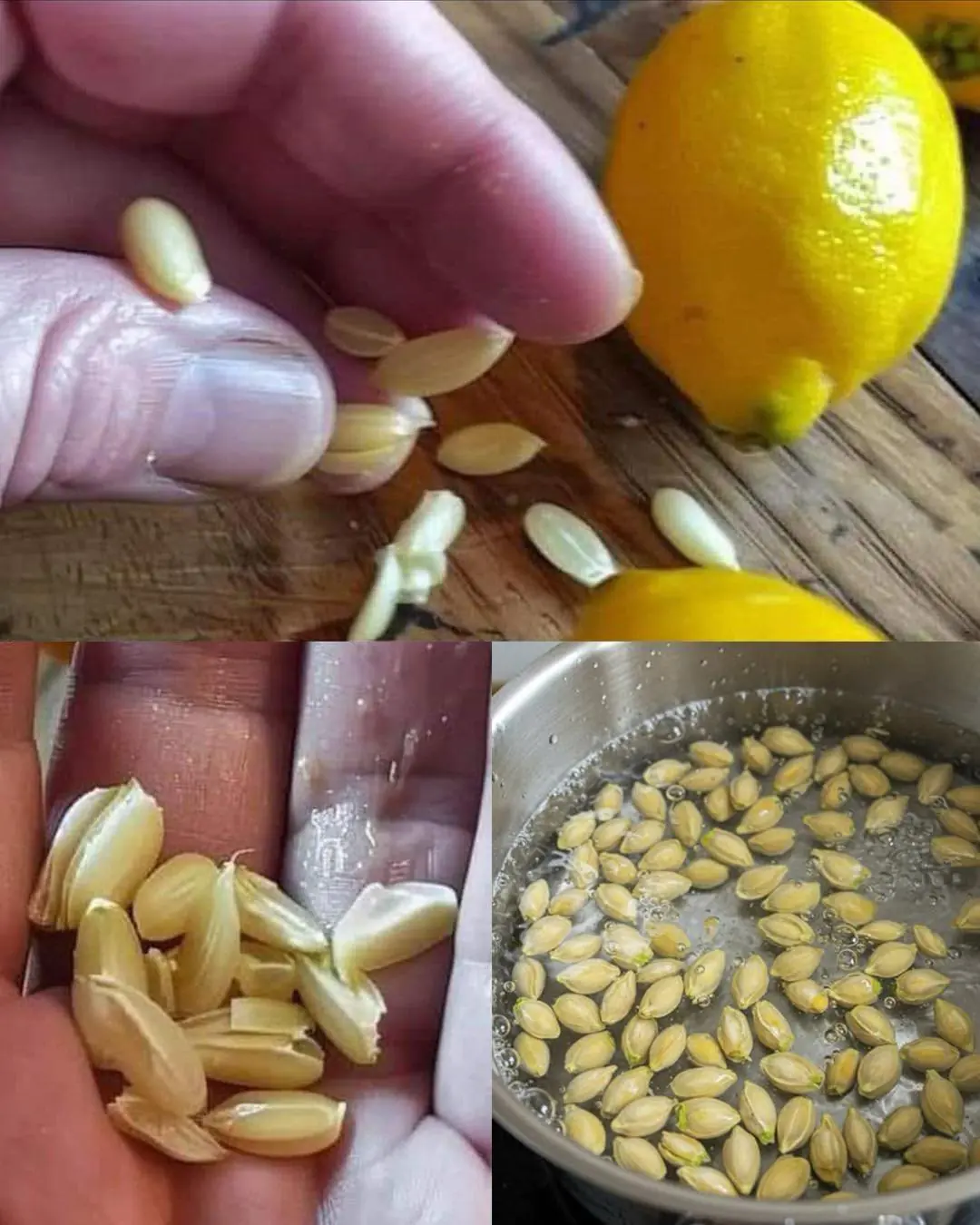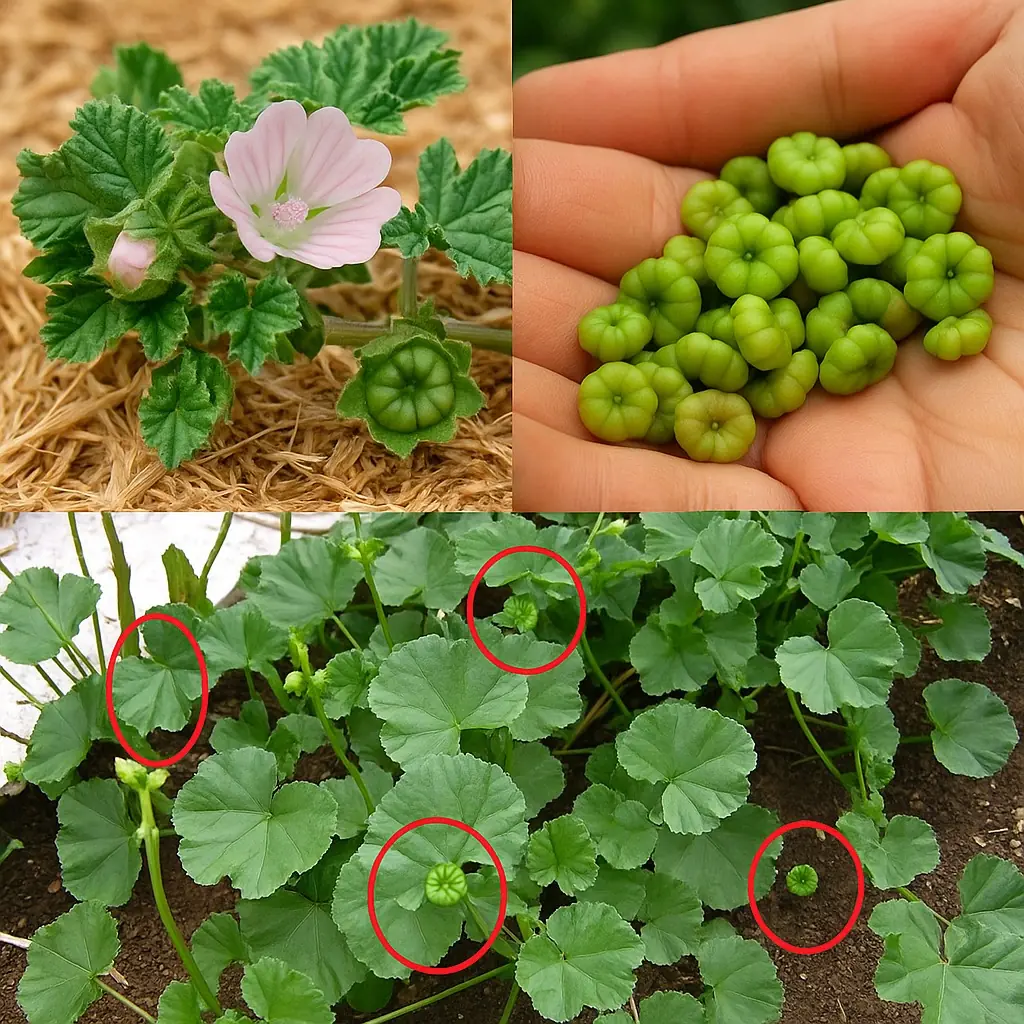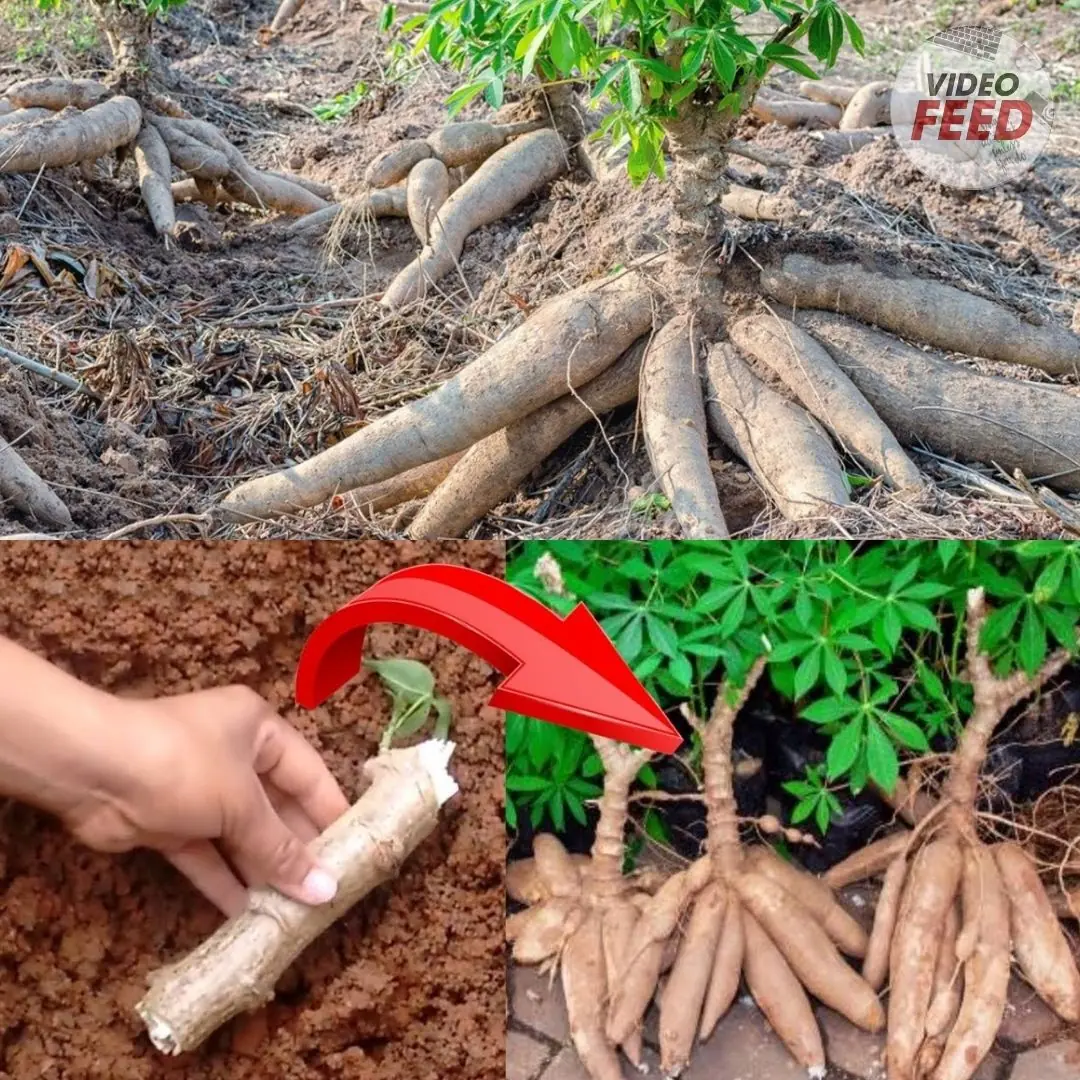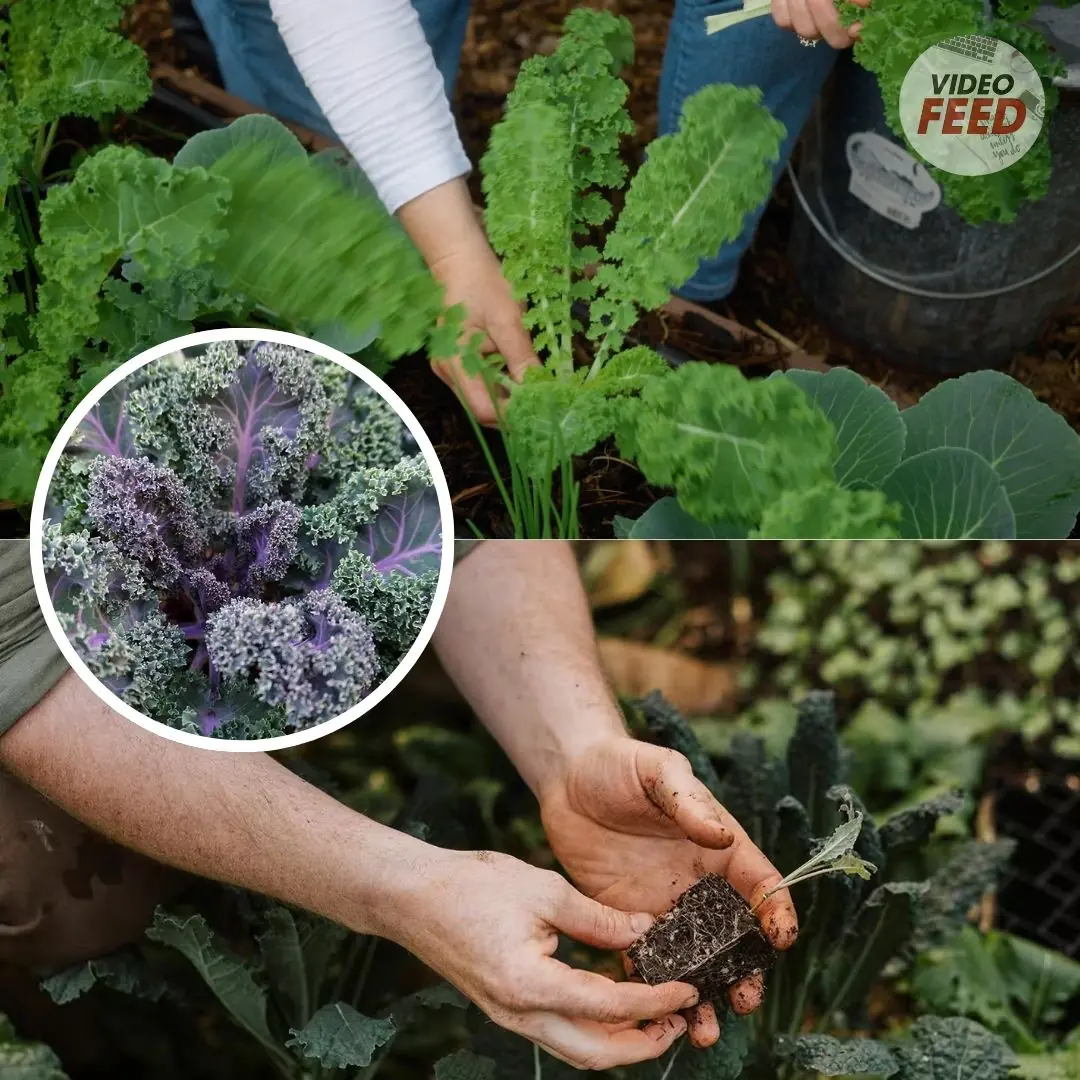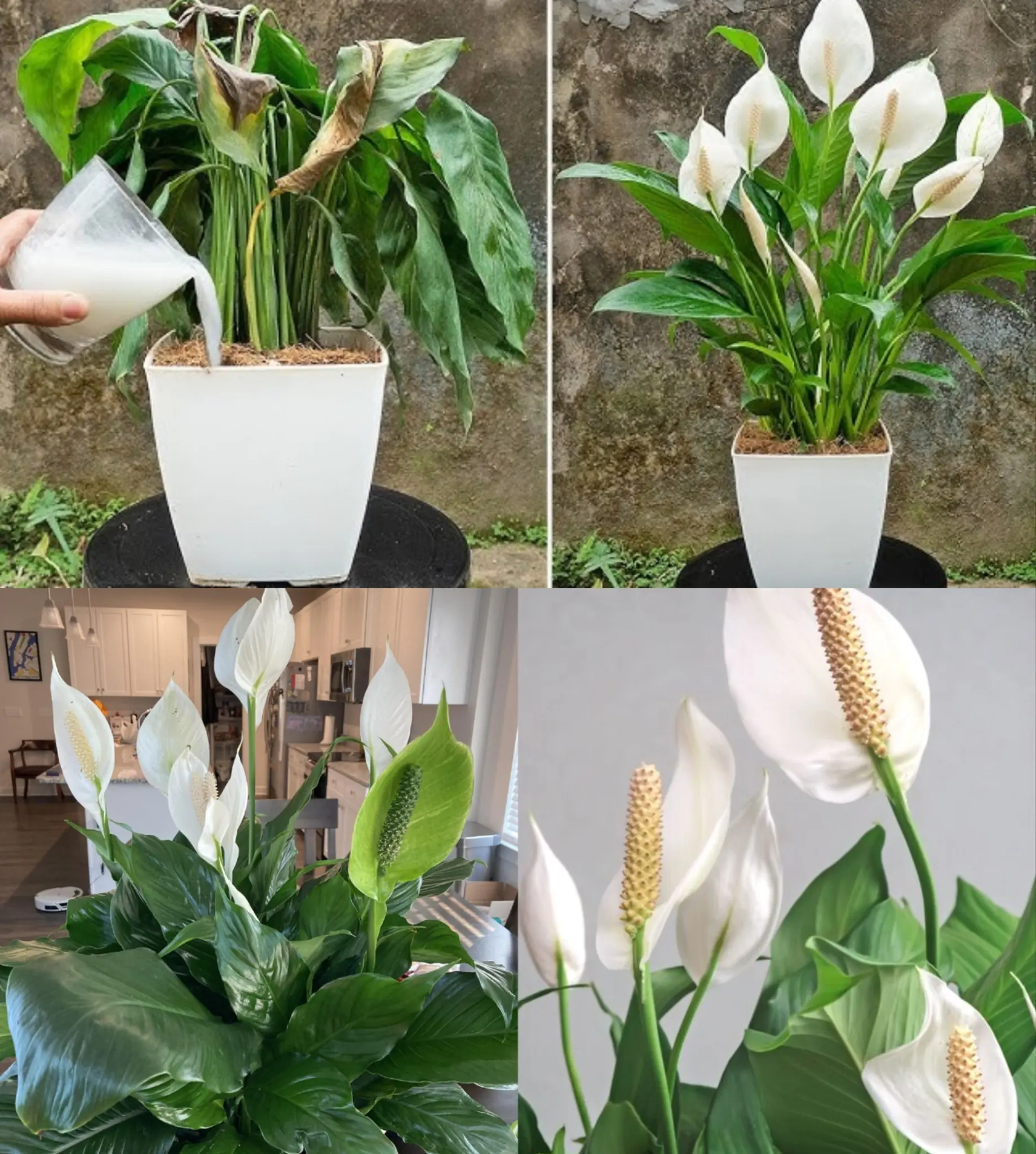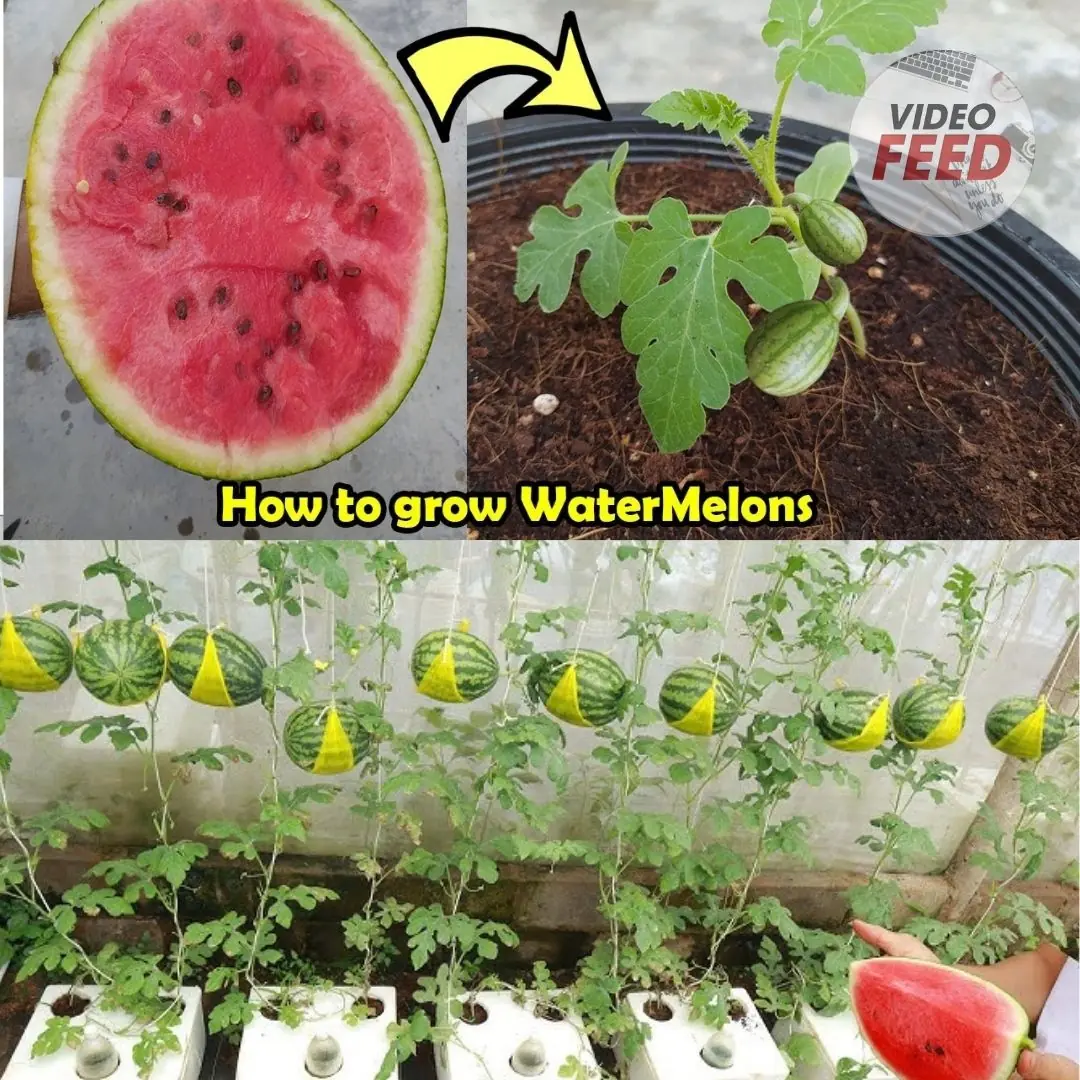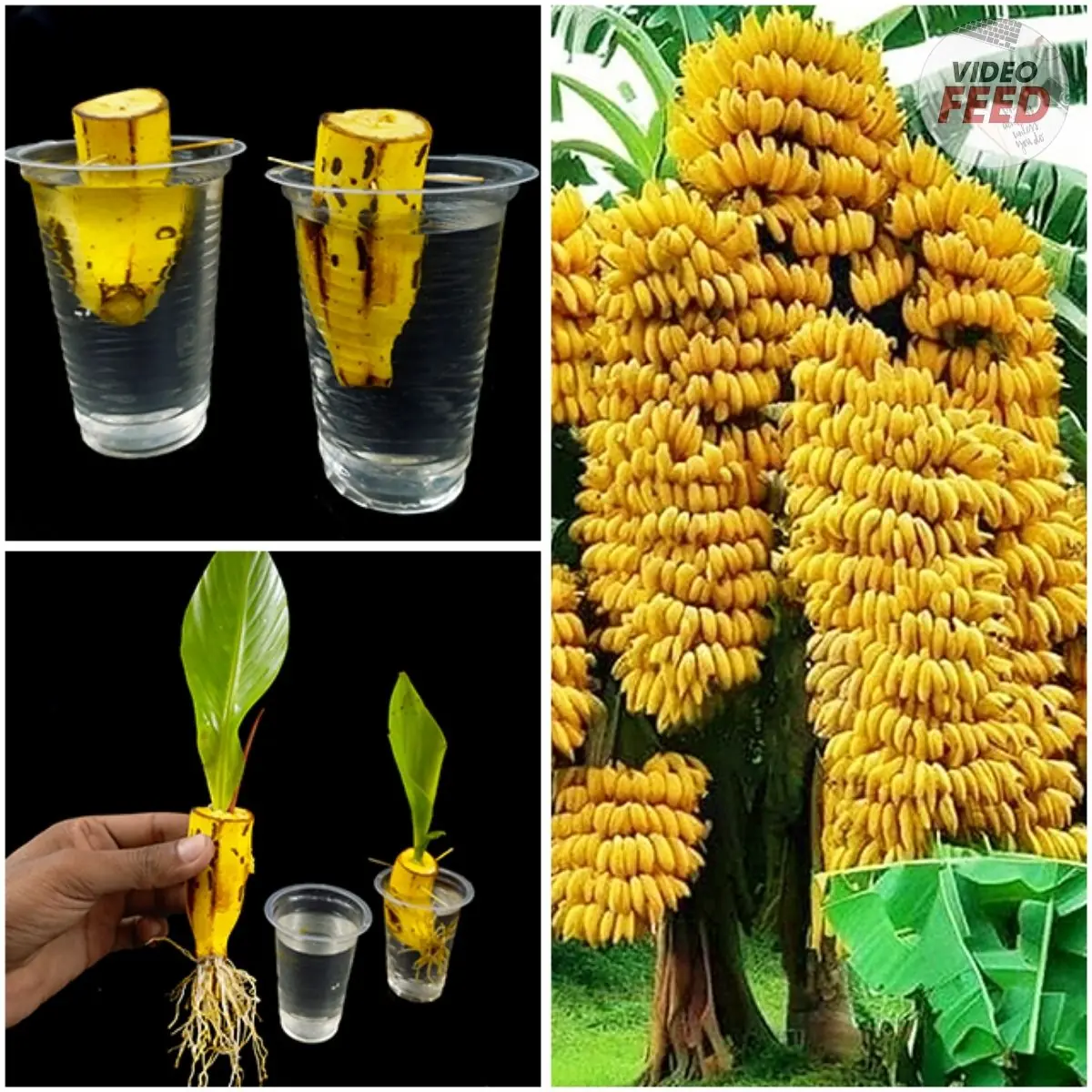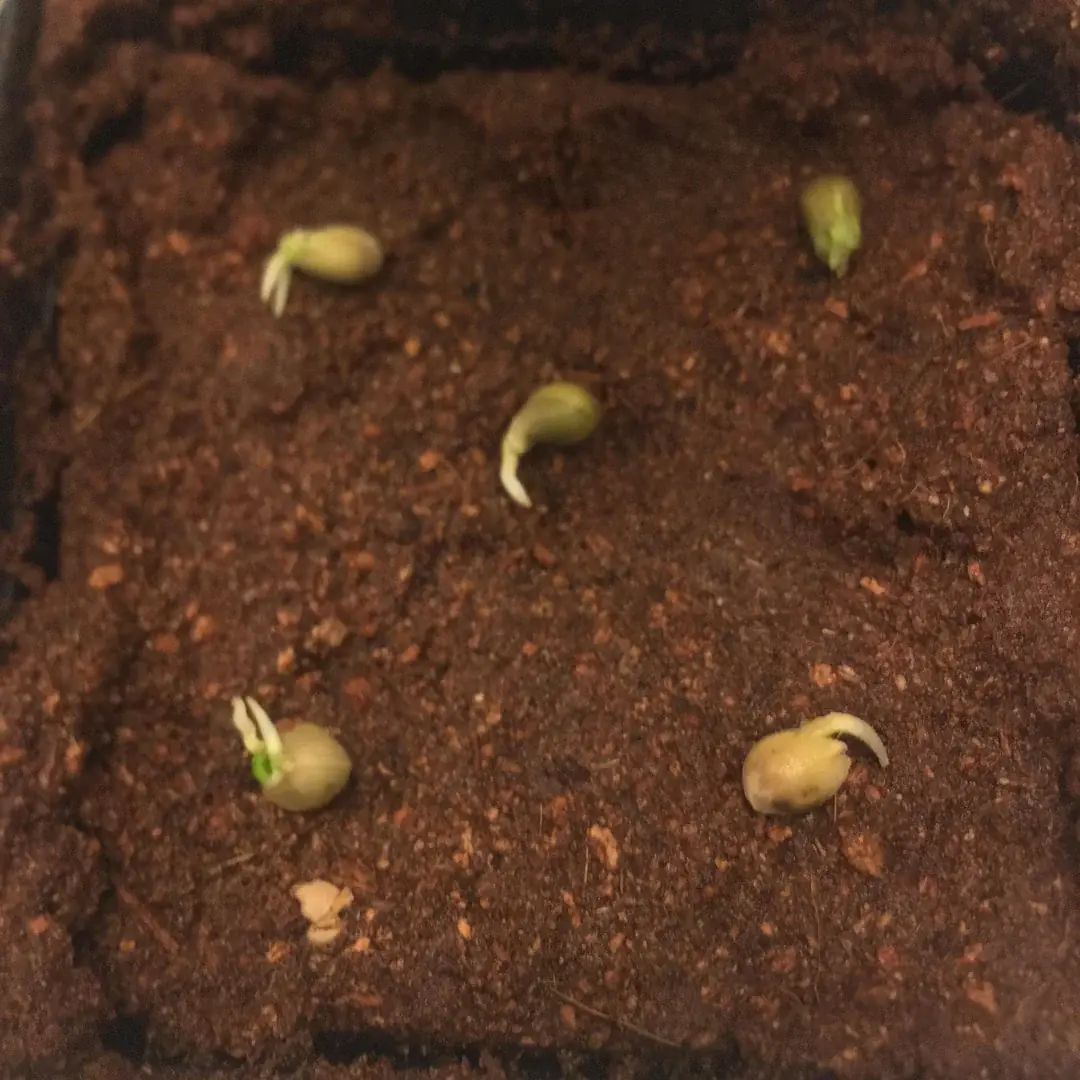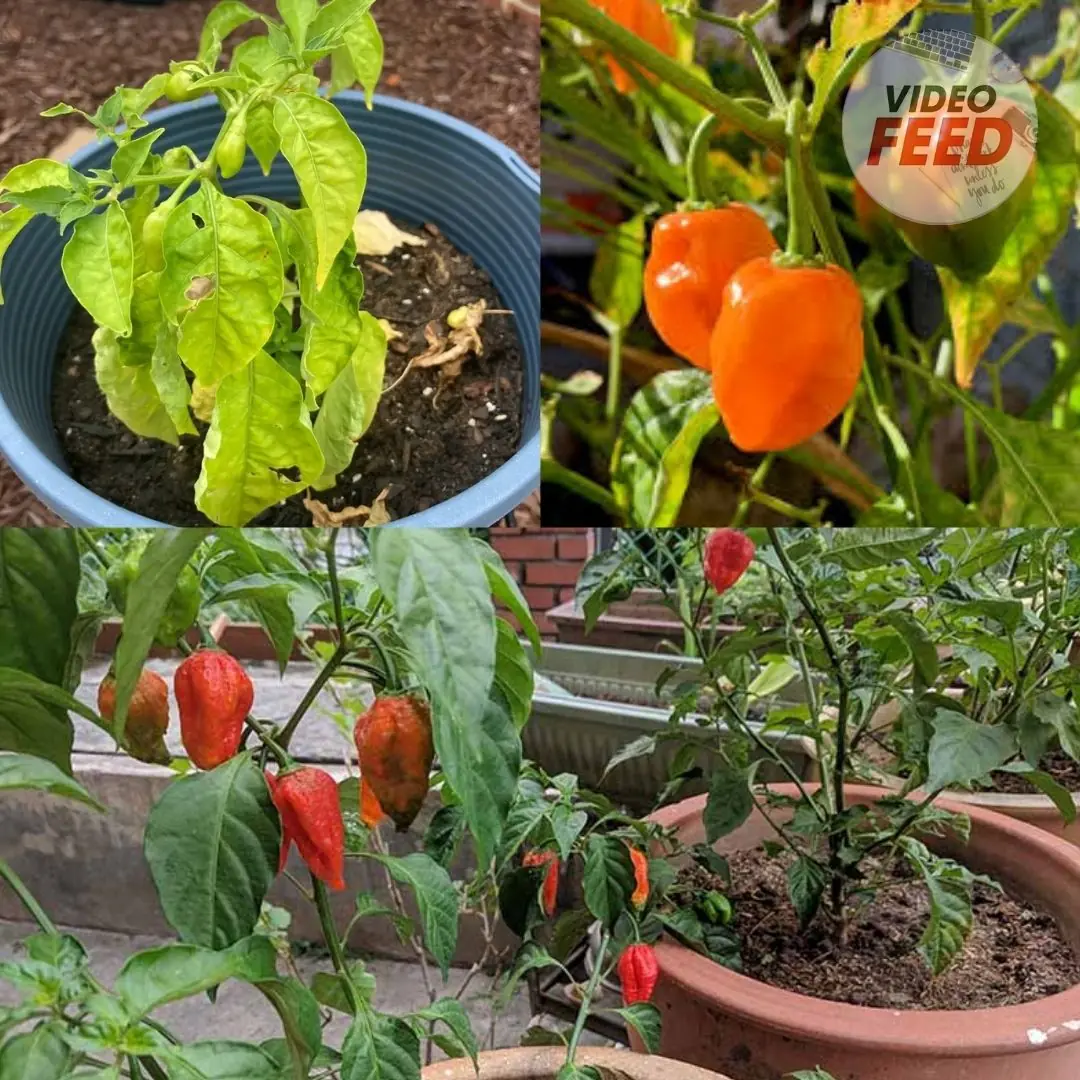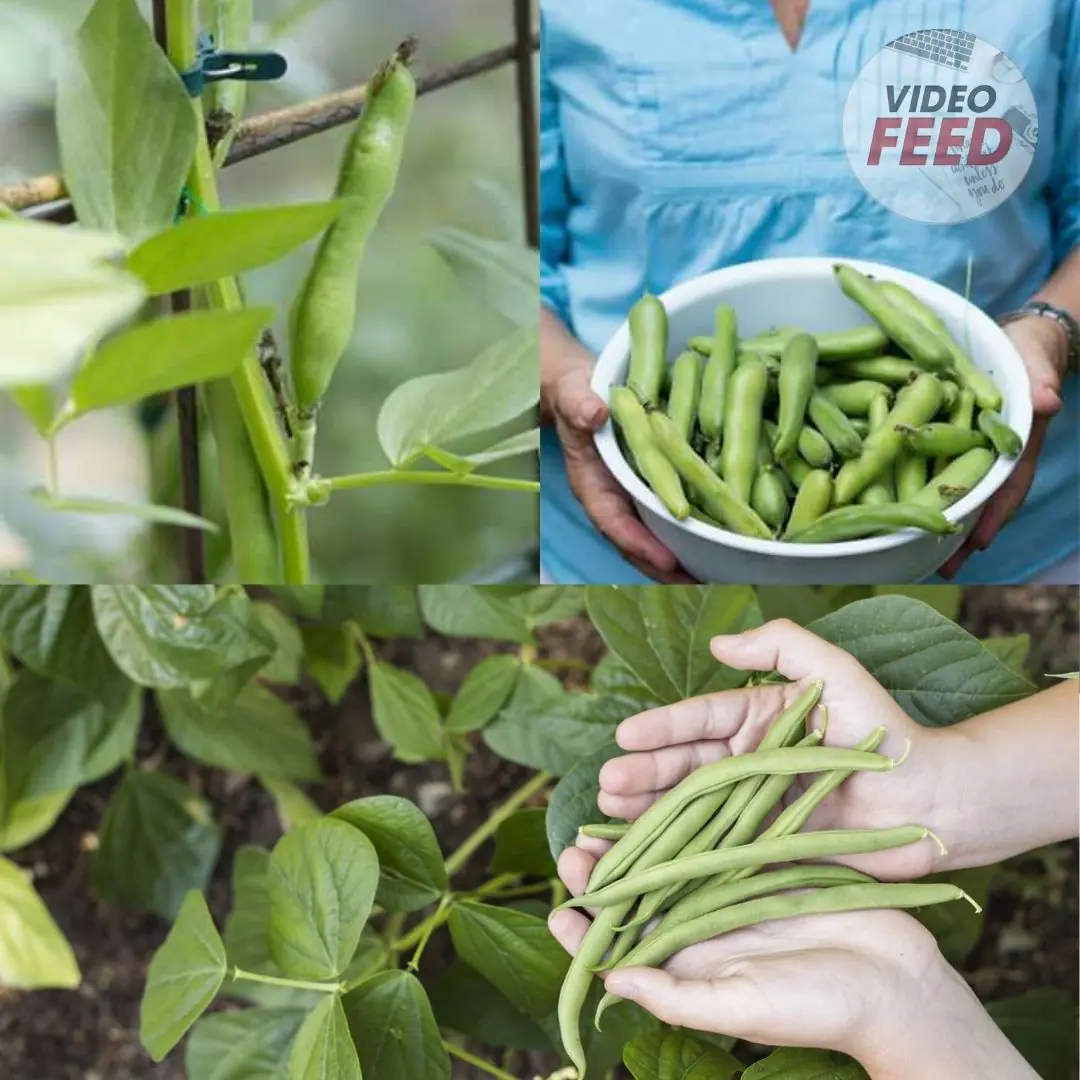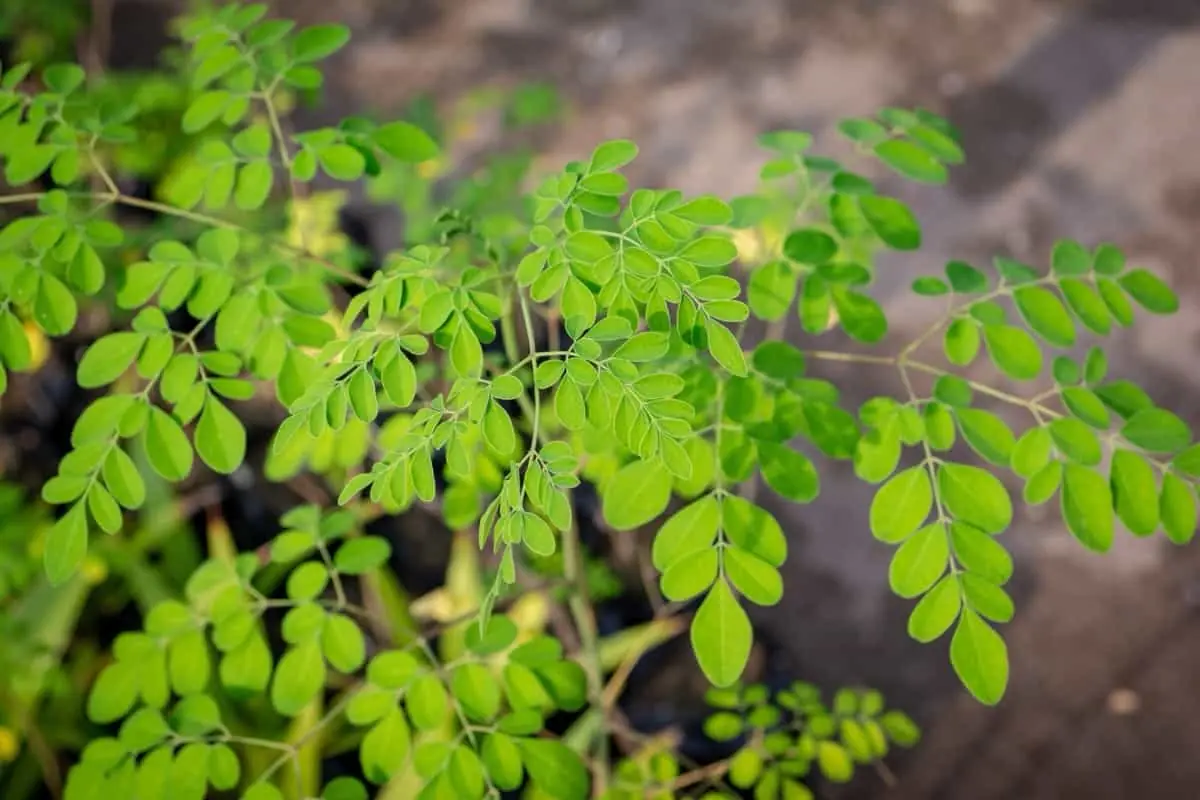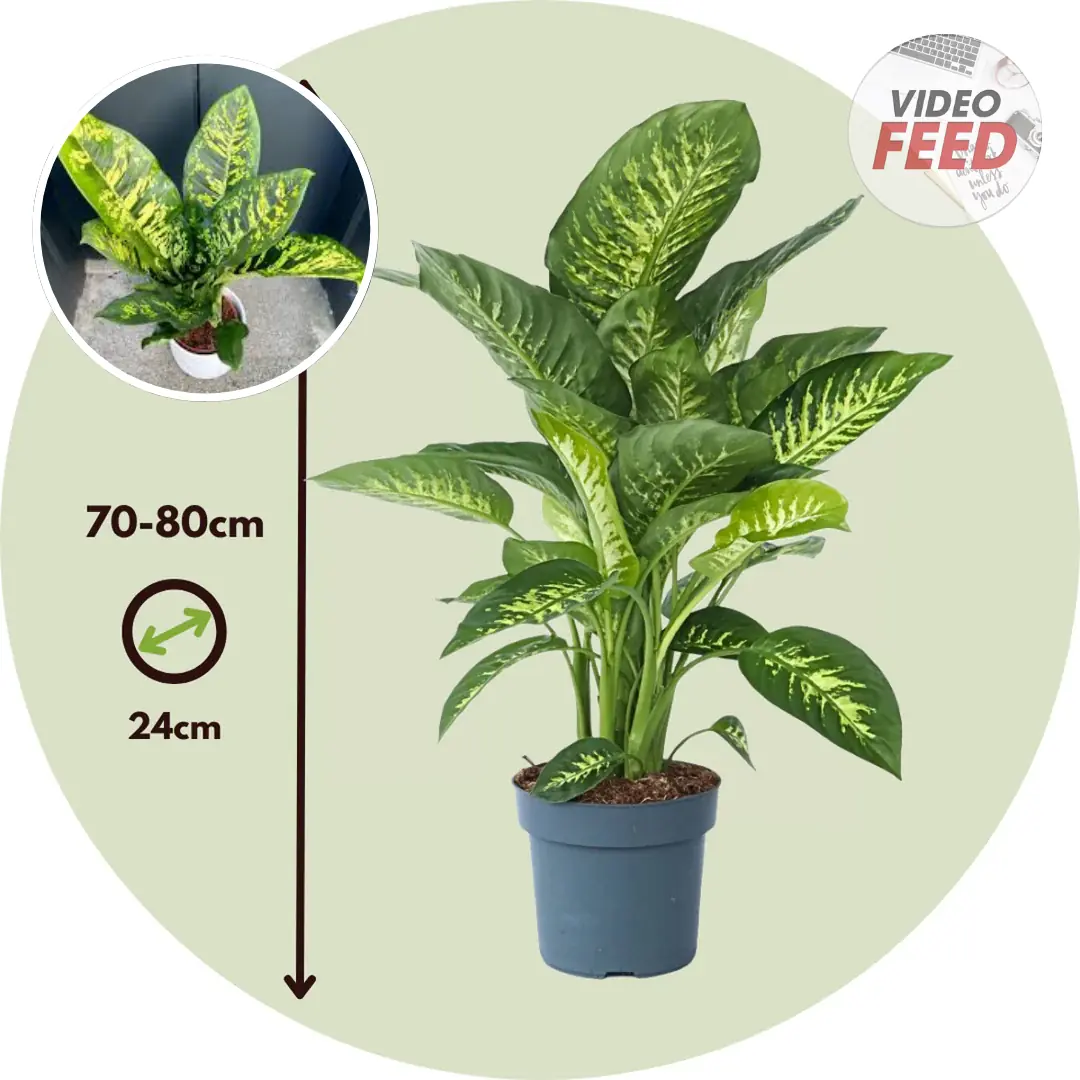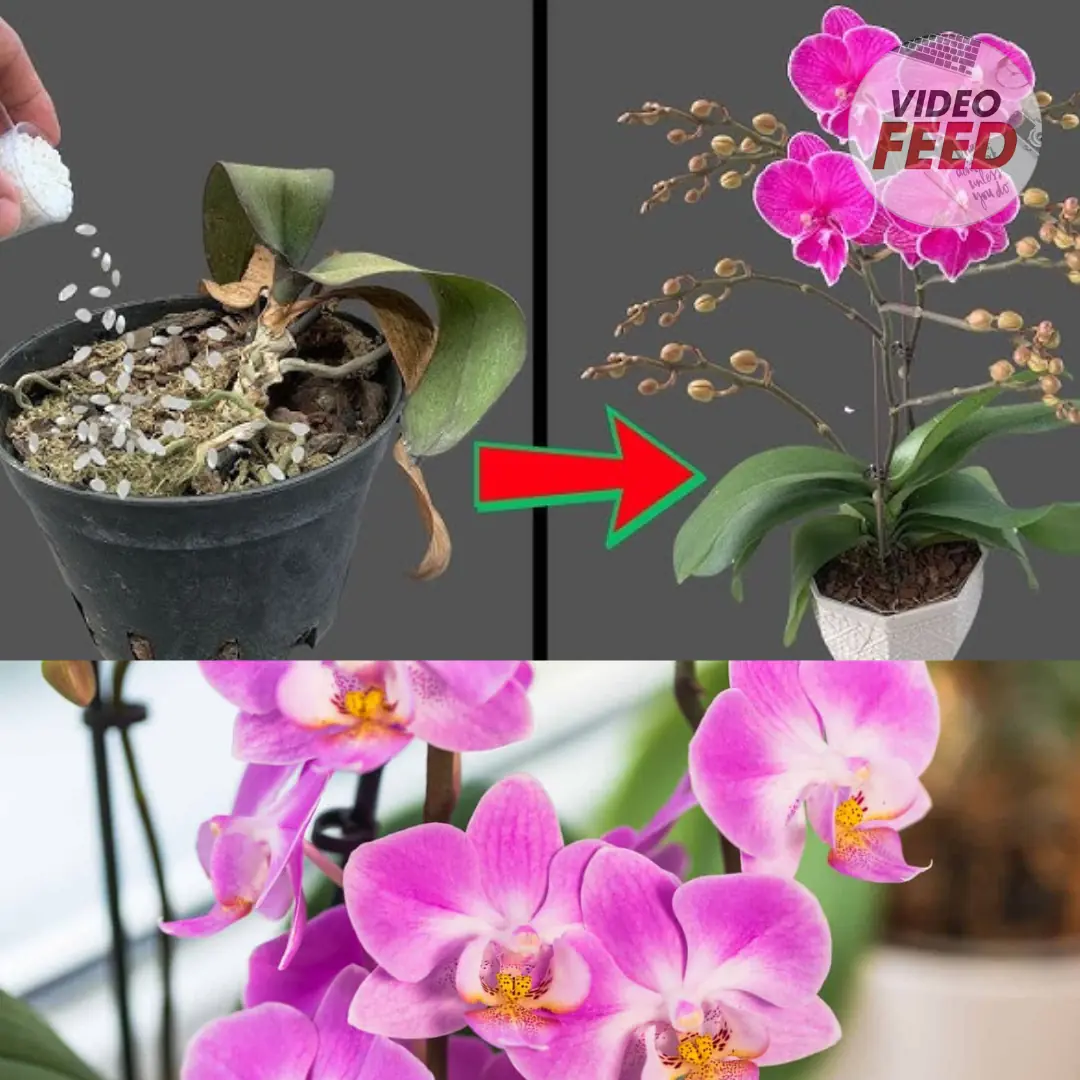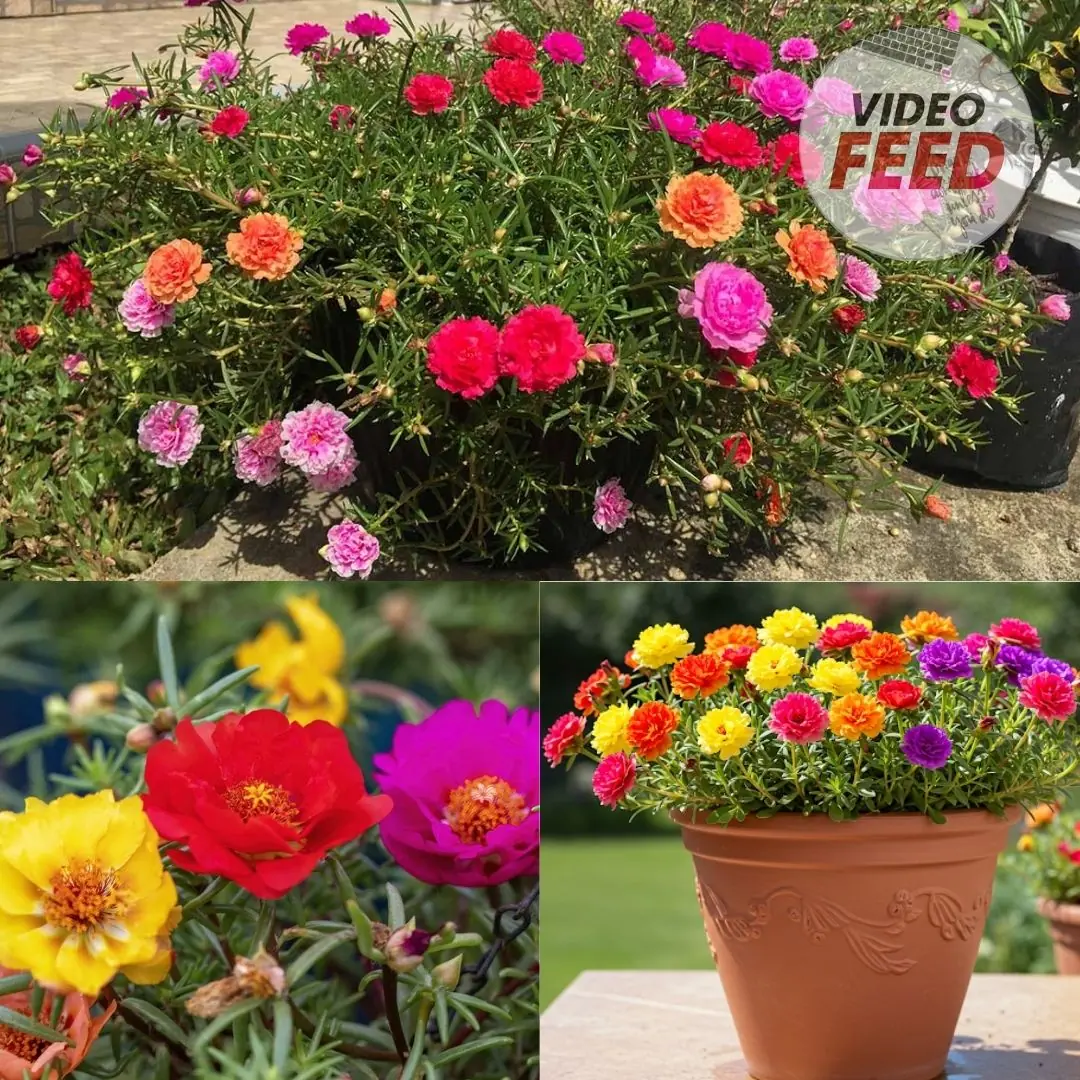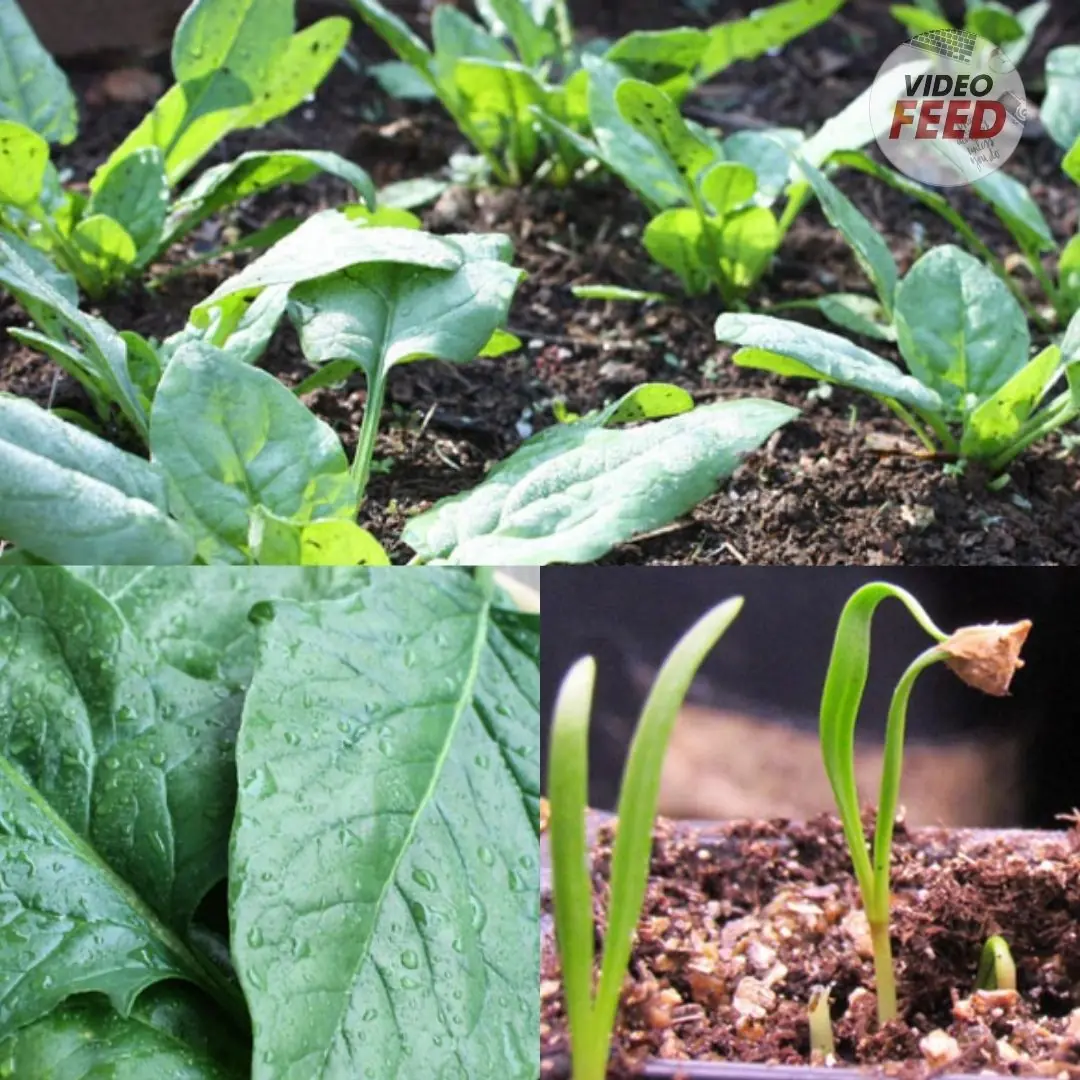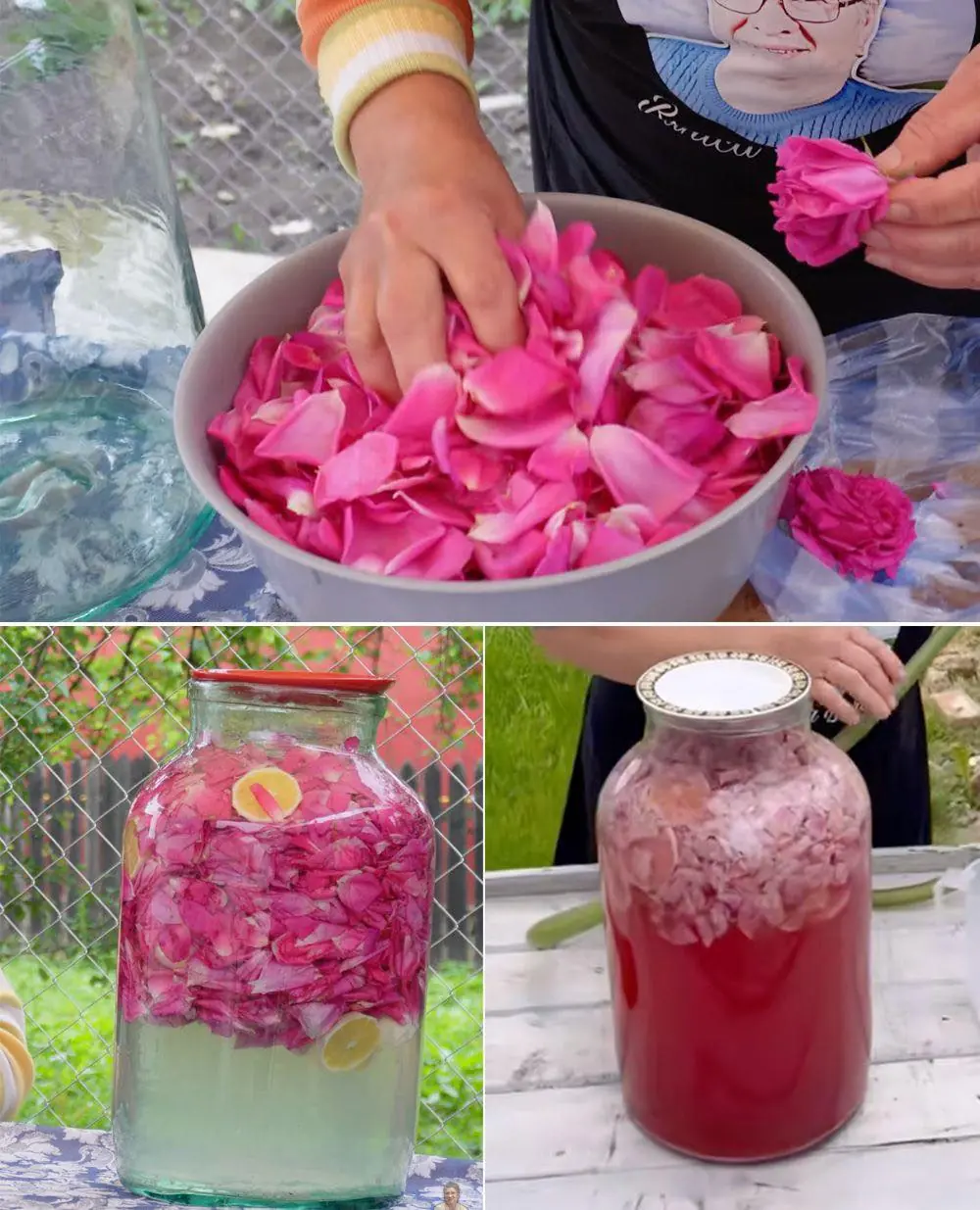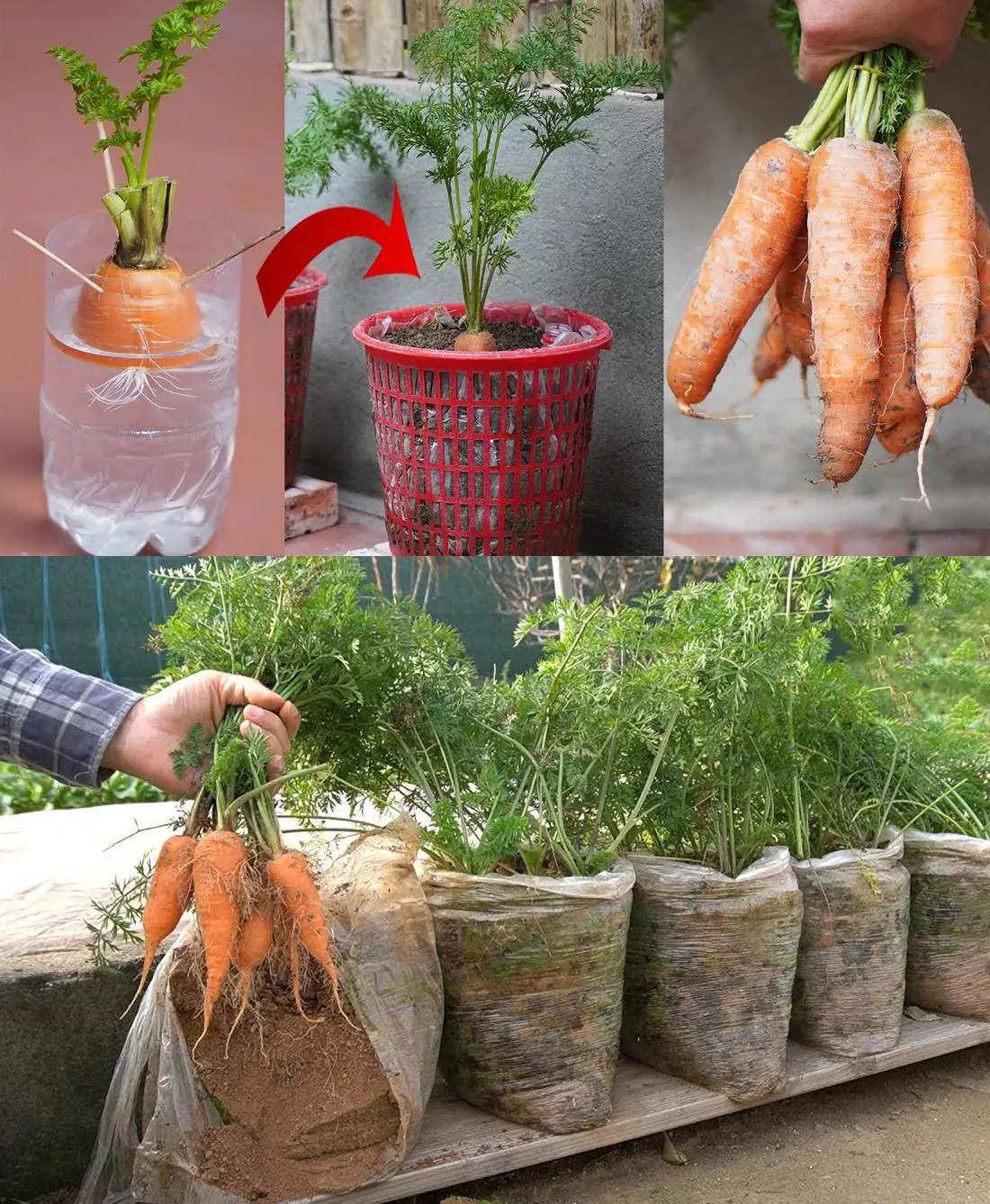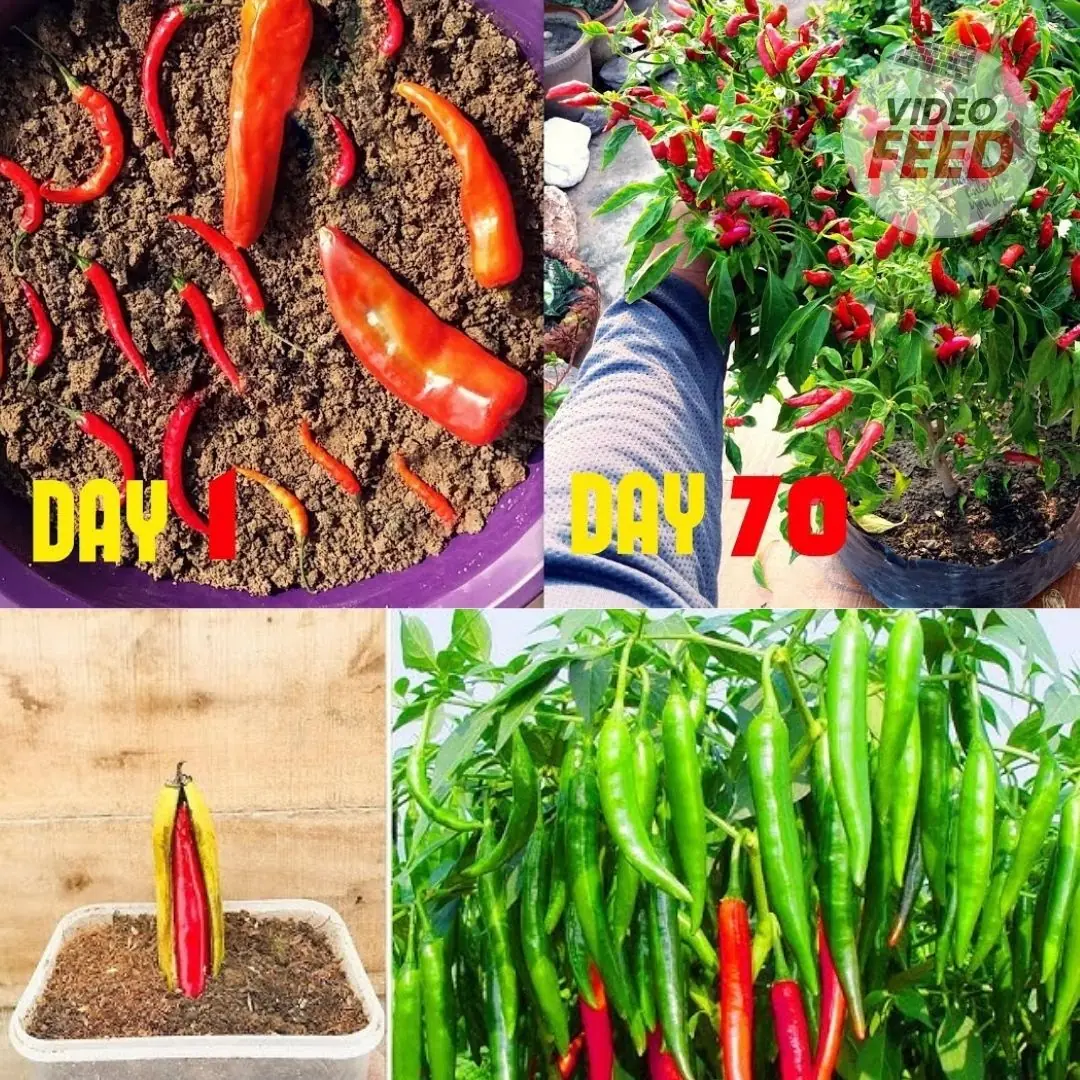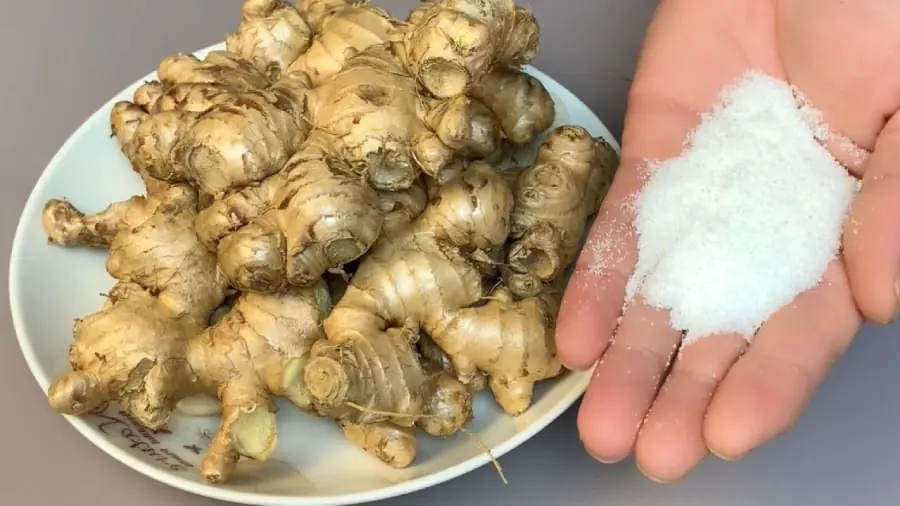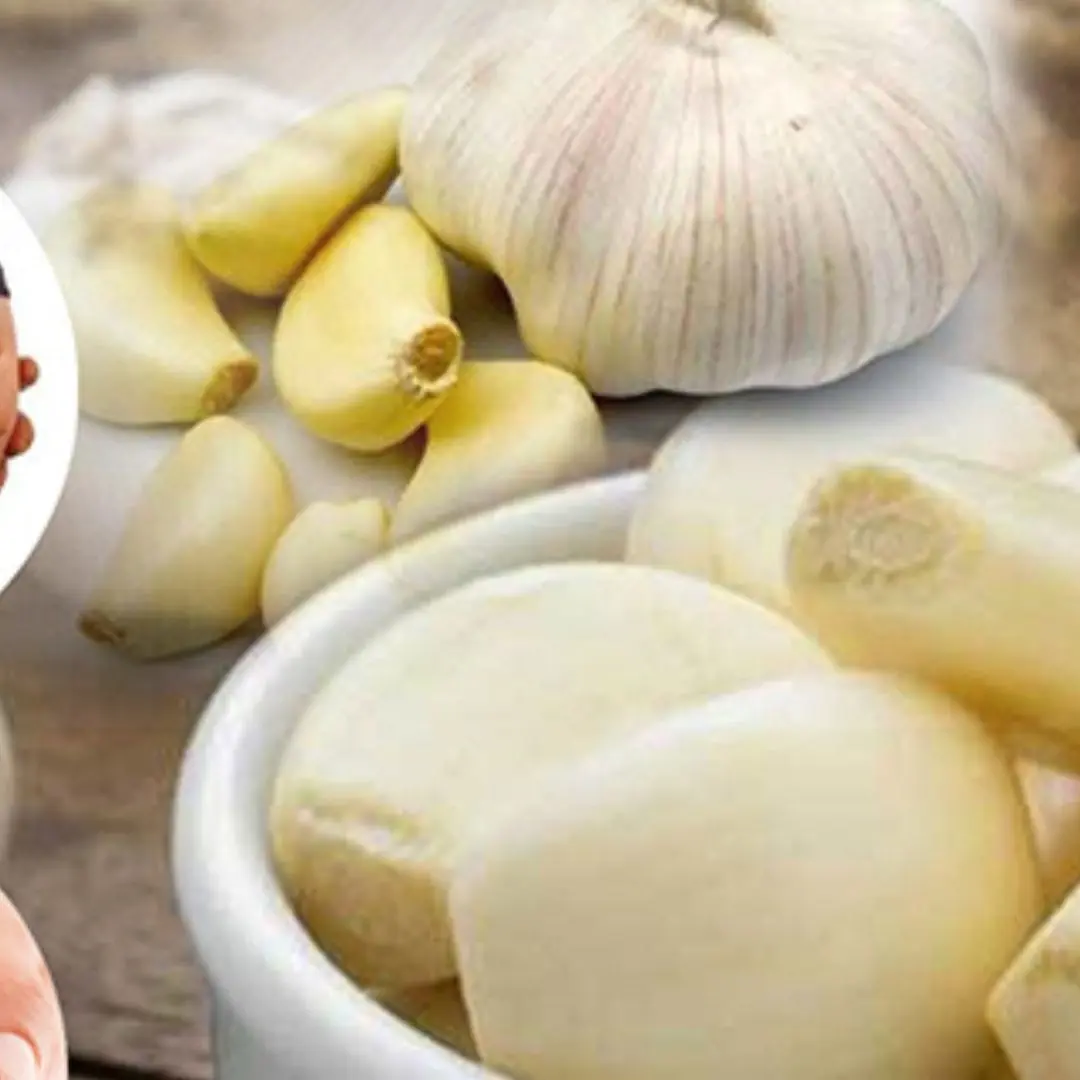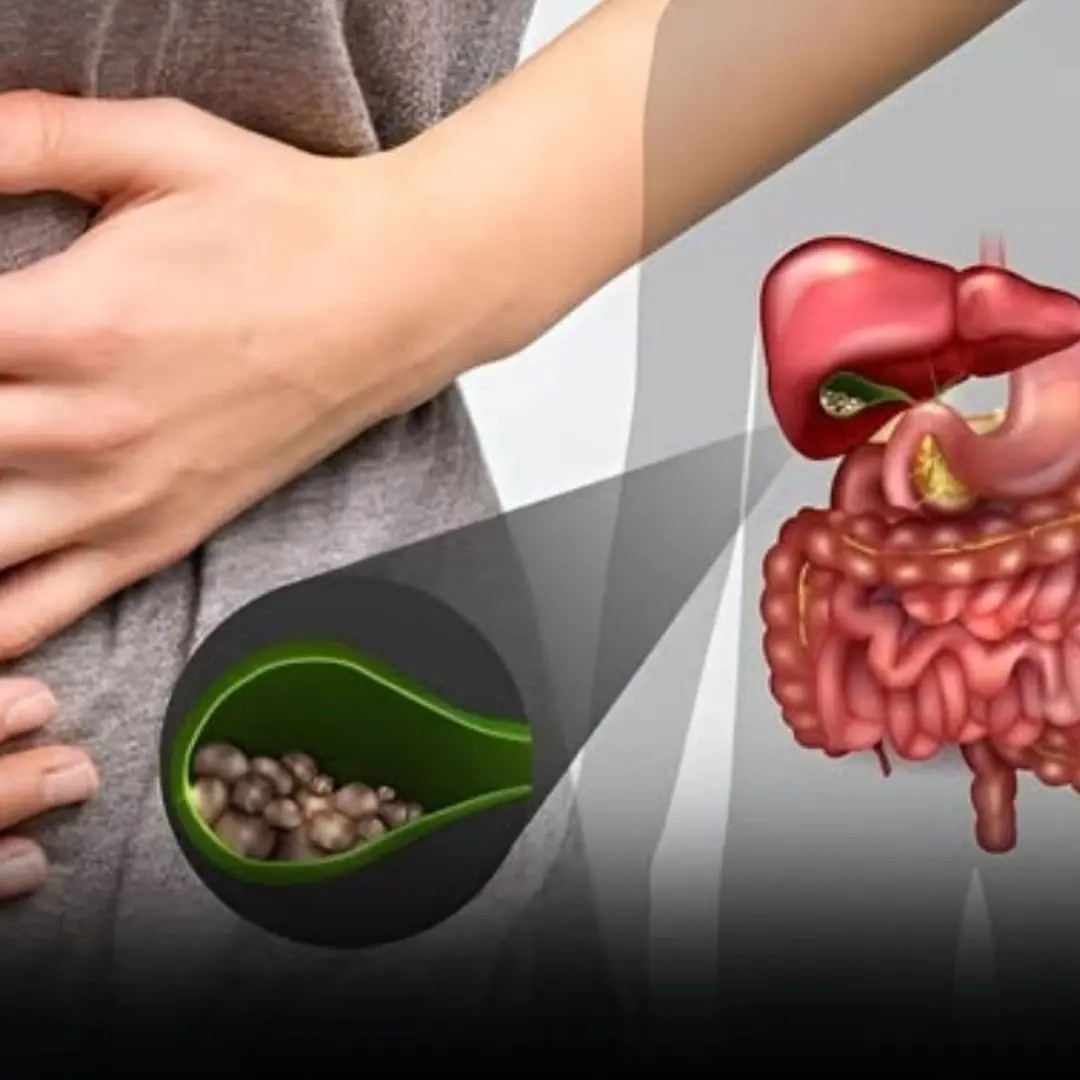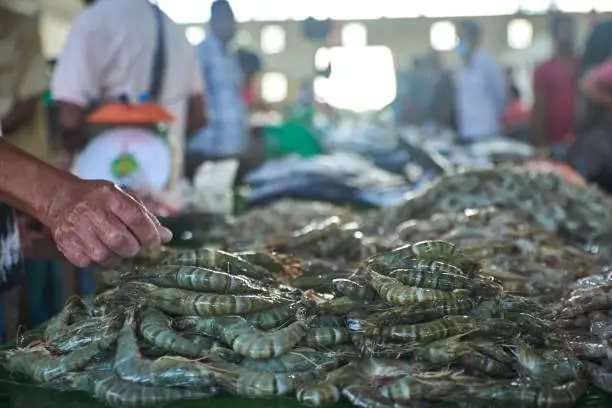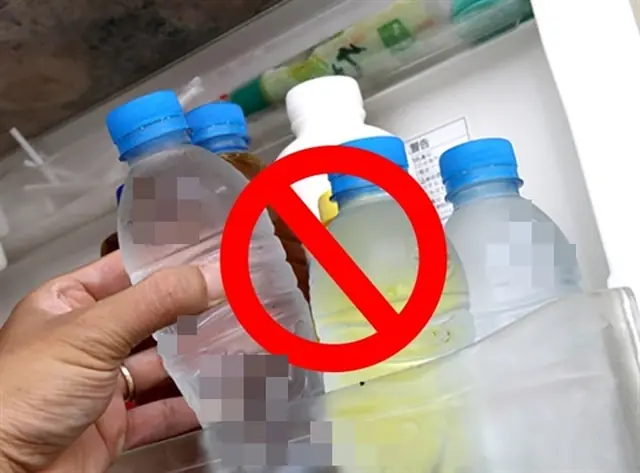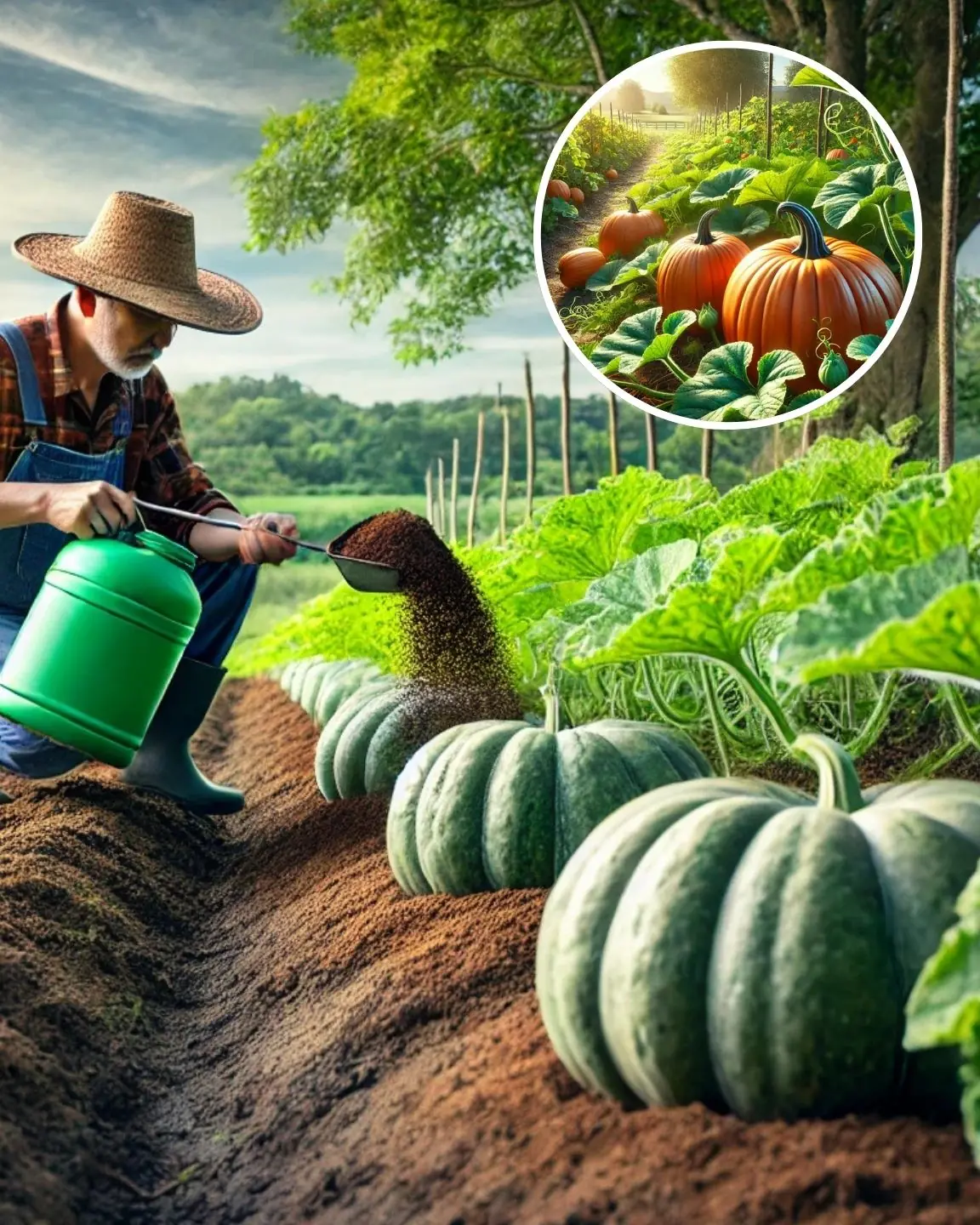
How to Grow Pumpkins Successfully: Best Watering and Fertilization Tips
To achieve high yields, pumpkins require proper watering and fertilization. Here’s what you should use:
1. Watering
- Seedling stage: Water moderately to keep the soil moist but not waterlogged.
- Flowering and fruit-setting stage: Increase watering, especially in the early morning or late afternoon.
- Fruit development stage: Maintain soil moisture without overwatering to prevent fungal diseases.
2. Fertilization
Organic Fertilizers (Improve soil health and long-term plant growth)
- Decomposed animal manure (cow, chicken, goat, etc.): Applied as a base fertilizer before planting to enrich the soil.
- Worm castings: Enhance root growth and soil structure.
- Organic compost: Provides essential micronutrients and boosts plant immunity.
Inorganic Fertilizers (Use properly to avoid plant damage)
- Nitrogen (N): Promotes strong growth in young plants (e.g., urea, fish-based fertilizers).
- Phosphorus (P): Encourages root development (e.g., superphosphate).
- Potassium (K): Enhances fruit quality, making it firm and less likely to crack (e.g., potassium chloride or organic potassium).
3. Fertilization Schedule
- Before planting (base fertilizer): Apply decomposed manure + phosphorus.
- First top dressing (after first true leaves appear): Use diluted nitrogen and potassium, combined with worm castings.
- Second top dressing (before flowering): Add more potassium to encourage abundant flowering and reduce flower drop.
- Third top dressing (during fruit growth): Supplement with potassium and organic fertilizers for better fruit development.
🌱 Tip: Combine fertilization with proper watering and consider using biofertilizers (such as EM) to enhance soil quality and plant resistance.



